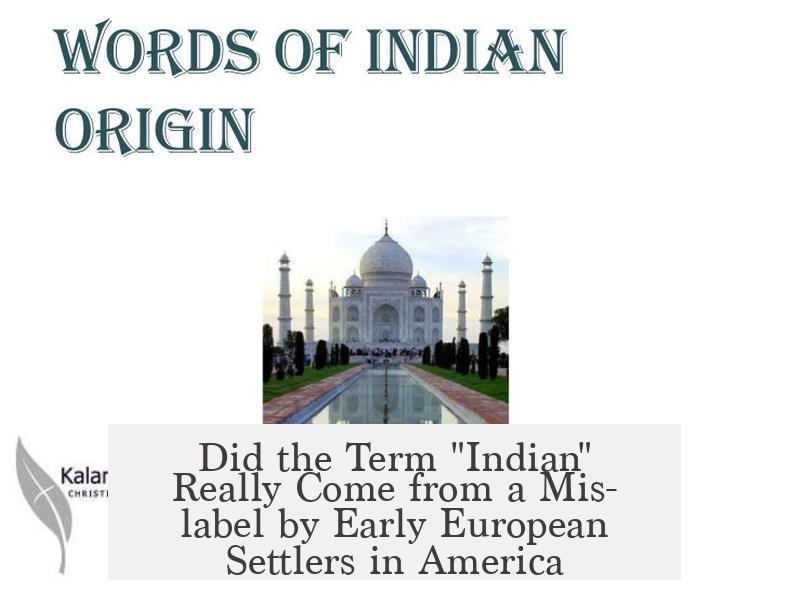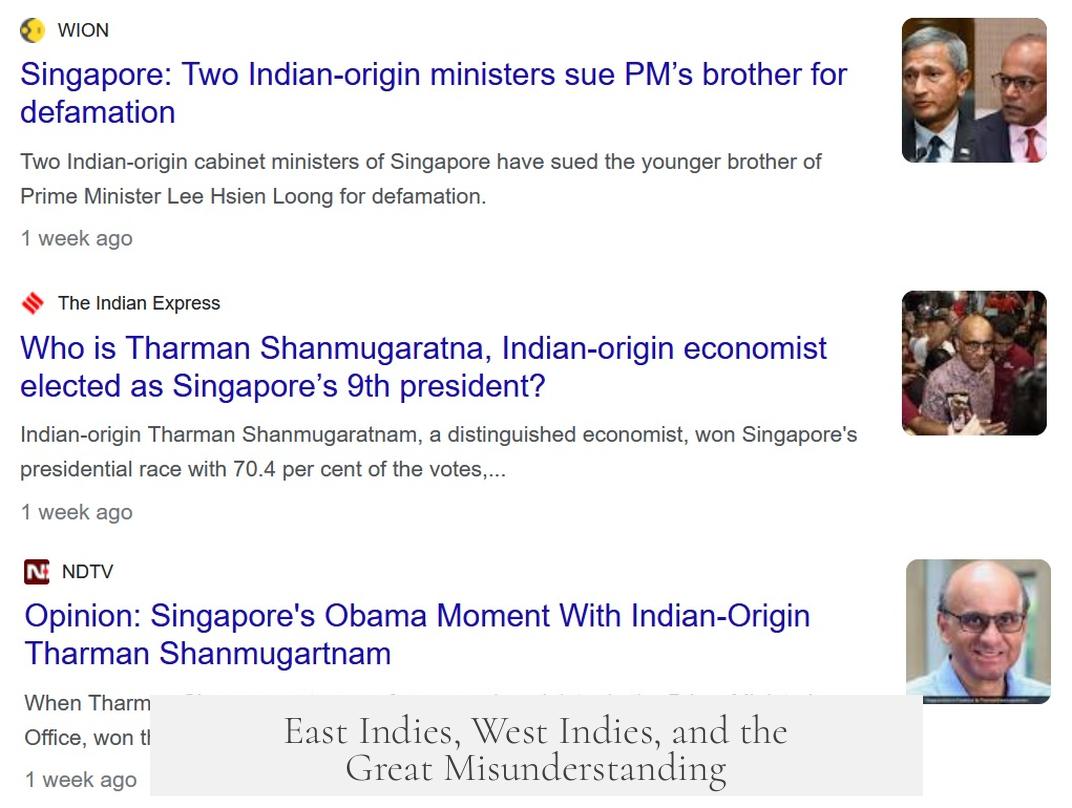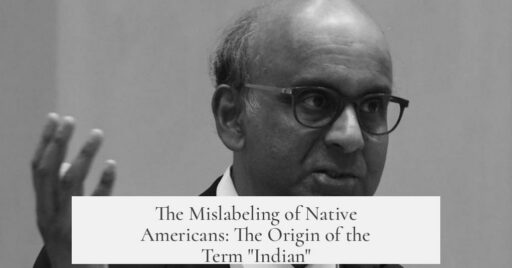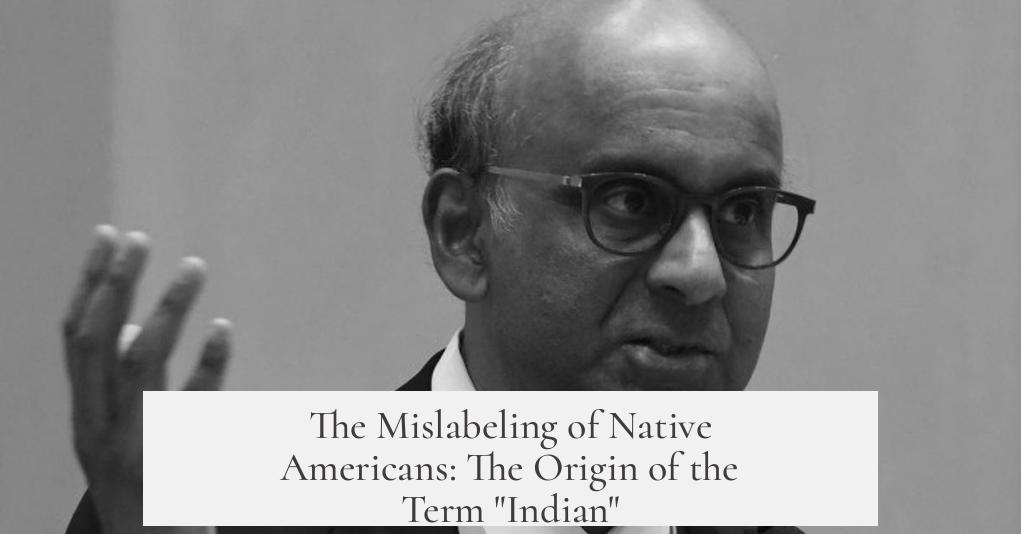The term “Indian” for Native Americans did not arise from a mere mislabel by early European settlers confusing them with people from the country of India. Instead, it stems from a complex European geographic concept tied to the “Indian Sea” and the broader idea of the “Indies” during the 15th century.
Christopher Columbus is commonly credited with naming the native inhabitants “Indians” because he supposedly believed he had reached the Indian subcontinent. However, this popular belief oversimplifies historical facts. In 1492, the country known as India today was not called “India” by Europeans but often referred to as part of the Indies—a broad and loosely defined term encompassing vast regions extending well beyond the Indian subcontinent.
Columbus’ original 1493 letter, published in Barcelona and widely circulated in Latin translation, clarifies the terminology. Columbus refers to the “Indian Sea” (mare Indicu) and names the inhabitants “Indians” (Indi) because the islands he reached were considered part of this geographic sphere. Significantly, the designation was not based on the modern concept of the country India but on the location’s association with the Indian Ocean and the Indies as known then.
In 15th-century European worldviews, “India” denoted much more than today’s Indian subcontinent. The term “Indies” (plural of Inde) referred to a vast area including Southeast Asia and parts of East Asia, collectively known as India Major or Greater India. Indian geographical ideas encompassed lands from the Malabar Coast to the Malay Archipelago. Europe’s classical knowledge, inherited from Greek, Latin, and Old Persian sources, established “India” as an extensive, fluid concept rather than a specific nation-state.
Moreover, the Persian term “Hindustan” was used in Persian and related languages to denote parts of India, but this term did not influence European naming conventions. Europeans retained the term “India” derived from Greek Indía, Latin India, and Old Persian Hindush, tracing linguistic roots back to the Sanskrit name Sindhu for the Indus River region.
Columbus and fellow European explorers believed the Earth was smaller than it is and expected to reach the wealth of the “Indies” by sailing west. This geographic misconception led to labeling newly encountered lands and their inhabitants as belonging to the Indies. The Americas were thus called the “West Indies,” while Southeast Asia became known as the “East Indies.” The term “Indian” became firmly affixed to the native peoples due to this conceptual framework, not a simple confusion of one country for another.
Historical maps, such as the 1507 Waldseemüller map, illustrate this worldview. The map depicts the “Oceanus Indicus” (Indian Ocean) spanning broad regions east and west of recognized lands, signifying Europeans’ vast interpretation of the Indian sphere. This cartographic context reinforces how the notion of “Indians” for the native Americans aligned with existing geographic ideas rather than a basic error.
In summary, the use of “Indian” for native peoples of the Americas originated in European geographic concepts linking discovered lands to the Indian Ocean and the Indies. Columbus’ 1493 letter explicitly uses these terms, highlighting the intellectual framework of the time rather than a mislabel caused by confusion with the country of India. Europeans considered “India” and the “Indies” as large regions encompassing many lands beyond the current Indian subcontinent. Naming the New World inhabitants “Indians” was a geographical association and an extension of classical knowledge rather than a straightforward mistake.
- The term “Indian” arose from Columbus’ reference to the “Indian Sea” and the Indies, not a confusion with the country India.
- India in 15th-century Europe signified a broad, loosely defined region, including much of Southeast and East Asia.
- European usage of “India” comes from Greek, Latin, and Old Persian linguistic roots, distinct from the Persian “Hindustan.”
- “Indians” referred to native peoples in America due to the belief they had reached the Indies sailing westward.
- Historical maps and Columbus’ letters confirm the naming’s geographic and conceptual origins, not a simple mislabel.
Did the Term “Indian” Really Come from a Mis-label by Early European Settlers in America?

The answer is a bit more complex and interesting than just Columbus being confused and misnaming the Native Americans “Indians” because he thought he landed in India. In fact, the term “Indian” used for the native peoples of America originates from a broader, older European geographic concept involving the “Indian Sea” and the “Indies.” Let’s untangle this story.
Picture the year 1492. Columbus sails west, searching for a new route to the “Indies” — known then as the vast lands of Asia rich with spices and gold. But the twist? Europe’s idea of “India” was far broader than the modern political boundaries we know today. It was a huge, loose region encompassing not only the Indian subcontinent but also Southeast Asia and other lands. The word “India” had deep historical roots in Greek, Latin, and Persian traditions—not just a simple name for a country.
Why Is the Name “Indian” Linked to Columbus, and Is It True He Mistook the Natives for Indians?
The common story is that Columbus called the native peoples “Indians” because he thought he had reached India. But this is a bit off the mark. Tim Giago, an author and historian, points out that in 1492, Europeans didn’t call the place “India” the way we do today—they often referenced it as “Hindustan,” mostly from Persian influences.
However, historians have corrected this misconception. Columbus didn’t directly call the natives Indians because of confusion about geography. Rather, in his 1493 letter, originally in Spanish but widely circulated in Latin, Columbus mentions the “Indian Sea” (mare Indicu). According to the letter, the natives he encountered were called “Indi,” meaning Indians. So, the term comes from the name of the sea, not simply a geographic blunder.
The Crucial Role of the Latin Letter

Columbus’ letter, translated into Latin, was the key medium through which European scholars and kings learned about these new lands. This Latin text labeled the islands as lying in the “Indian Sea,” leading to inhabitants being called “Indians.” This was less about a slip-up and more about the conceptual geography Europe used.
Even if Columbus personally debated whether he found Cathay (China), Hindustan, Cipangu (Japan), or a new land, the mainstream message was that these lands lay en route to the Indies. That stuck with history.
The European Idea of India and the Indies in the 15th Century
Now, here’s something that surprises many: the European concept of “India” was massive—sometimes considered larger than what we define as Asia today. Scholars documented that “India” came from Greek Indía, from Greek Indós, which itself came from Old Persian Hindush. That ancient Persian term traces to the Sanskrit Sindhu, referring to the Indus River region.
For medieval Europeans, “India” was a patchwork of many kingdoms, not a singular nation. They thought in terms of whole continents or regions full of exotic lands, languages, and cultures.
The plural “Indies” referred to a vast region that covered much of Southeast Asia, some parts of East Asia, and islands beyond the Indian subcontinent. This context is important because it meant that when Columbus and others sailed west, they aimed for an endpoint called the “Indies”—not the India we think of today.
East Indies, West Indies, and the Great Misunderstanding

You may have heard of the “East Indies”—a term people still use for Indonesia and the surrounding lands. The “West Indies” was a new phrase coined after Columbus landed in the Caribbean. Europeans thought they had reached the Indies by the westward route and thus called these islands the West Indies.
Columbus actually underestimated the Earth’s size. He believed sailing west would take him to lands near Asia called the Indies. Because of this, he called the islands he found the “Indies,” and their native inhabitants “Indians.” So native Americans were called “Indians” due to a conceptual geographic error, not just a labeling slip-up.
Maps and Illustrations That Tell the Story
The 1507 Waldseemüller map, famous for being the first to use “America” for the newly discovered lands, offers additional proof of Europe’s geographic concepts. The “Oceanus Indicus” (Indian Ocean) appears on this map both east and west of land masses, including the Indian subcontinent.
This map also shows how Europeans then saw China (Cathay) in the north, Japan (Zipangu) even further north (almost bumping into Alaska on their map!), and Java at the southern reach. The “Indian Sea” reflected a broad, extensive oceanic area, embodying these diverse lands. Columbus’ claim that his newfound lands lay in the “Indian Sea” fits within this expansive and somewhat fuzzy geographic vision Europe had at that time.
Clarifying Hindustan vs. India

It’s important to note that “Hindustan” is the Persian term for India, still in use today in Iranic languages and neighboring regions. But the Europeans didn’t generally use this name. Instead, their concept of India came from Greek and Latin roots tied to the same ancient Indo-Aryan terms. This classical lineage of the word “India” flies in the face of simplistic ideas that Columbus just pointed to the natives and shouted “India!” because he was confused.
So Why Do We Still Call Native Americans “Indians”?
Because once the term got established—through Columbus’ letter, European explorers, traders, and cartographers—the name stuck. It became deeply embedded in European languages, legal papers, and, eventually, in American history and identities.
Changing a name that has lasted over 500 years isn’t easy, but knowing the full story helps us understand that “Indian” is not a careless mistake. Instead, it is a term born from the complex geographic ideas of the late 15th and early 16th centuries.
Practical Tips: How Can We Use This Knowledge?
- When teaching history: Encourage students to explore geographic concepts of the past and how words evolve over time.
- In conversations: Clarify that calling Native Americans “Indians” has a layered origin linked to European worldview, not just a silly mistake.
- For researchers or writers: Dive into primary sources like Columbus’ letters and historic maps to enrich your understanding or narratives.
What Can This History Teach Us?
It highlights how terms reflect the knowledge and perspectives of their time. Words like “Indian” were shaped by centuries-old geography entwined with exploration and misunderstanding.
Next time the topic arises, you can share a deeper story—a tale of sea journeys, linguistic legacies, and maps drawn with a broad brush, rather than just a simple error. That makes the history richer, more nuanced, and way more intriguing!
“The term Indian was not simply a mislabel by Columbus but stemmed from complex geographic concepts where the newly discovered lands were linked to the Indian Sea and the Indies, reflecting European understanding of Asia in the 15th century.” – Summary of Historical Evidence
So, the next time you hear someone say “Columbus just made a mistake,” you can smile and say, “Well, yes and no—it’s a fascinating story of geography, language, and 15th-century European worldview!”
1. Did Columbus call Native Americans “Indians” because he thought he reached India?
No. Columbus called them “Indians” because he wrote about landing near the “Indian Sea,” not due to mistaking the land for India.
2. Was the word “India” used by Europeans to mean exactly the current country of India?
Not exactly. In the 15th century, “India” was a broad term for a large region, including Southeast Asia and surrounding areas, not just the subcontinent now called India.
3. How did the Latin translation of Columbus’ letter impact the term “Indian”?
The Latin letter spread the term “Indian” across Europe. It named natives by their location near the “Indian Sea,” influencing the widespread use of the word.
4. Why are the Caribbean islands sometimes called the “West Indies”?
Columbus thought sailing west reached the Indies (Asia’s rich lands), so he named these islands the “West Indies,” distinguishing them from the “East Indies” in Asia.
5. Is “Hindustan” the same as “India” in European usage?
No. Hindustan was a Persian word for India. Europeans used the term “India” or “Indi” instead, based on Greek and Latin forms.




